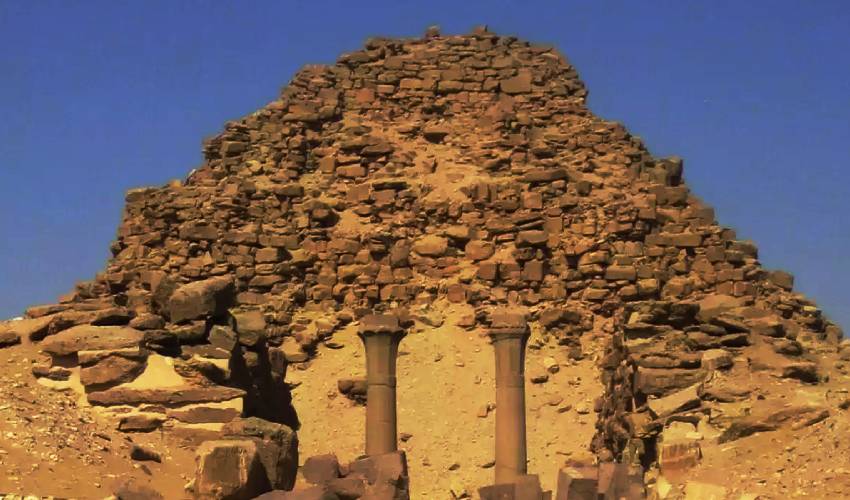An Egyptian-German team of archaeologists discovered several previously undocumented storage rooms in the Sahure Pyramid.
The finding provides new insights into the design of the pyramid and its historical significance.
The team, led by Egyptologist Dr. Mohamed Ismail Khaled from the University of Würzburg, was working on a conservation and restoration project inside the pyramid when they made the discovery.
The project, which is supported by the American Research Center in Egypt, aims to safeguard the substructure of the pyramid and prevent further collapse.
During the restoration work, the team uncovered the original dimensions and floor plan of the antechamber which had deteriorated over time.

They also discovered traces of a low passageway that had been noticed by British Egyptologist John Perring during an excavation in 1836.
Perring had suspected that the passageway might lead to storage rooms but his assumption was later called into question by other experts.
However, the Egyptian-German team was able to prove Perring correct.
They excavated the passageway and discovered eight storerooms. Although the northern and southern parts of the magazines are badly damaged, remnants of the original walls and parts of the floor can still be seen.
The team used state-of-the-art technology including 3D laser scanning to document the floor plan and dimensions of each storage room.
They also took careful measurements to ensure the structural integrity of the rooms while making them accessible for future study and potentially the public.



























